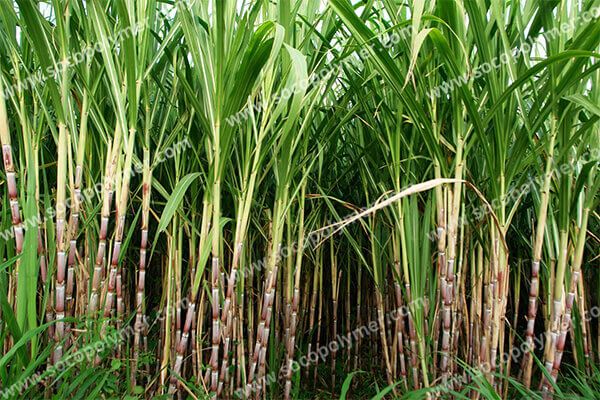Hydrogel agriculture technology uses insoluble gel-forming polymers to improve the water-holding properties of different soils, such as clays and sandy loams. This can increase water-holding and water use (up to 85% for sand), improve soil permeability, reduce the need for irrigation, reduce compaction, soil erosion, and leaching, and improve plant growth.
Hydrogel consists of a set of polymeric chains that are parallel to each other and regularly linked to each other by cross-linking agents, thus forming a network.
When water comes into contact with one of these chains, it is drawn into the molecule by osmosis. Water rapidly migrates into the interior of the polymer network where it is stored. That’s how SAP powder turns to water gel.
As this water gel’s absorption ability is bigger than soil but less than roots of plants, the absorbed water by SAP will be released to plants when it is dry.
